Adaptation to climate change through management and restoration of European estuarine ecosystems
LAYMAN report available HERE
Context
Coastal areas are vulnerable to many climate change effects like sea level rise. This is especially important in Europe, where many people live within the coast.
Approach
Nature-based solutions take advantage of nature’s own resources to provide a sustainable alternative to traditional coast defence strategies like dykes.
Solution
The LIFE ADAPTA BLUES project aims to demonstrate onstudies estuarine ecosystems to enhance the adaptation to climate change of European Atlantic coastal areas.
News
LIFE Adaptablues Project Releases Layman Report in Five Languages
The LIFE Adaptablues project has recently published its Layman Report in five different languages, making its findings and recommendations accessible to a broader audience. This comprehensive report highlights the project’s efforts in promoting climate change adaptation and sustainable management of coastal ecosystems. By offering the report in multiple languages, LIFE Adaptablues aims to engage and [...]
LIFE AdaptaBlues Closing Meeting
This Wednesday 24 July, the LIFE AdaptaBlues project will have its final day. This public event will present the main results of the project, highlighting the important role of estuarine ecosystem conservation as an element of mitigation and protection against the effects of climate change on coasts. This closing day will also serve as a [...]
Published at Quercus magazine “El estuario de Oyambre: un laboratorio vivo en el litoral cantábrico”
Quercus magazine has published an article entitled “The Oyambre estuary: a living laboratory in the Cantabrian coast”, written by researchers of the LIFE AdaptaBlues project. This article highlights the ecological importance of the Oyambre estuary, located on the Cantabrian coast, as a natural space of great biodiversity and a key point for environmental research. [...]
We share our expertise with Portuguese professionals and managers at our workshop in Coimbra.
A technical workshop was held in the Coimbra region to disseminate the knowledge generated by the LIFE AdaptaBlues project in the Mondego estuary to local and regional stakeholders. The main goal of this workshop was to promote the application of estuarine conservation and restoration actions as Nature-based solutions for adapting to the effects of [...]
The project has started its workshops to disseminate the knowledge generated.
A technical workshop was held in Santander (Cantabria) to share and transfer the knowledge generated during the LIFE AdaptaBlues project to managers and society. The workshop aimed to present the main results regarding the climate risks in the estuaries of Cantabria, highlighting the value of the estuarine ecosystems as key elements for protecting of [...]
The postgraduate contest already has a winner
Isabel Gallego wins first place with her work about the adaptation of the Santander Bay (Cantabria) through the implementation of a saltmarsh monitoring system. Isabel will have the opportunity to present her work in the workshop that will be held in Cantabria with the coastal stakeholders. Congratulations for the winner! [...]
The restoration actions in the Mondego estuary has begun
The construction works began by the construction of wooden barriers aiming the reduction of the ebbing velocity in the pilot site. On the other hand, the saltmarsh transplantation concluded its 1st phase with Spartina maritima. Next Autumn/Winter we will transplant Bolboschaenus maritimus and Juncus to conclude salt marsh restoration action. [...]
CATALOGUE OF ADAPTATION MEASURES
[/fusion_text][/fusion_builder_column][/fusion_builder_row][/fusion_builder_container] The publication of catalogues of climate change adaptation measures is a valuable tool to help governments, businesses and communities prepare for the impacts of climate change. These catalogues provide practical guidance on adaptation measures that can be taken to reduce vulnerability and increase resilience to the effects of climate change, such as sea level [...]
Visit of the NEEMO Team to the LIFE Adaptabues Project
This past 2nd of March we received the annual visit of our NEEMO team supervisor to analyse the evolution of the LIFE AdaptaBlues project. The different partners of the project had the opportunity to present all the progress made over the last year, present the problems identified by each of the partners, as well [...]
A new paper about the impact of the coastal engineering infrastructure on the blue carbon habitats have been published.
Based on the data of the AdaptaBlues Life project, this paper contributes to increase the knowledge on the impact that the construction in coastal areas of civil engineering infrastructures can cause in intertidal habitats distribution and the ecological functions they provide for climate change adaption and mitigation. Mazarrasa_et_al-2022-Scientific_Reports
Activity
ECSA59 International Conference (San Sebastian, September 2022).
The results of the analysis of How the past saltmarsh restoration actions in the Iberian Peninsula increased the protection in coastal areas have been shown at the ECSA59 International Conference (San Sebastian, September 2022). ECSA [...]
PosterECSA59
PosterECSA59
In the fight against climate change there are two strategies…
In the fight against climate change there are two strategies: • Mitigation is to reduce the causes of climate change. Its goal is to avoid human interference in the climate and allow ecosystems to adapt [...]
The LIFE Adaptablues project has vegetated estuary ecosystems (EVE) to reduce the impact of climate change on coastal areas.
The LIFE Adaptablues project has vegetated estuary ecosystems (EVE) to reduce the impact of climate change on coastal areas. However, European estuaries are threatened by factors of human origin. ➡️ Land reclamation ➡️ Eutrophication ➡️ Propagation of invasive [...]
Traditional coastal defenses, so far, have consisted of constructions such as dikes or breakwaters but…
Traditional coastal defenses, so far, have consisted of constructions such as dikes or breakwaters. Now, coastal managers around the world are considering alternatives that take advantage of processes and species natural resources contributed by coastal [...]
Did you know that in Europe one in five people live ten kilometers or less from the coast?
Did you know that in Europe one in five people live ten kilometers or less from the coast? Many areas with high population density are built below sea level. Therefore, the expected effects of climate [...]



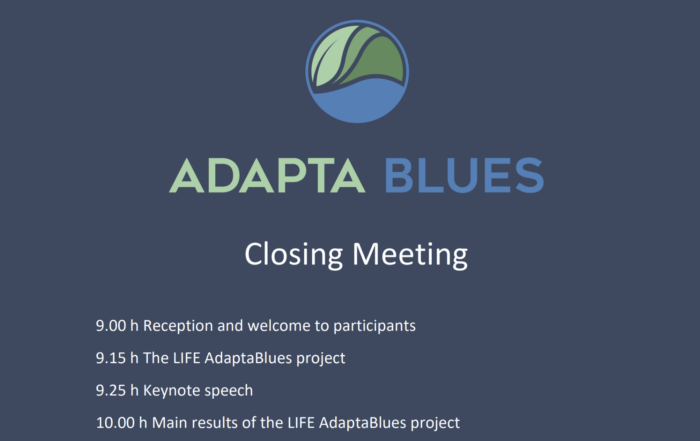
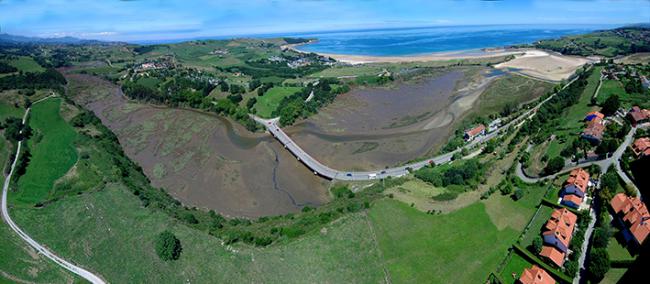
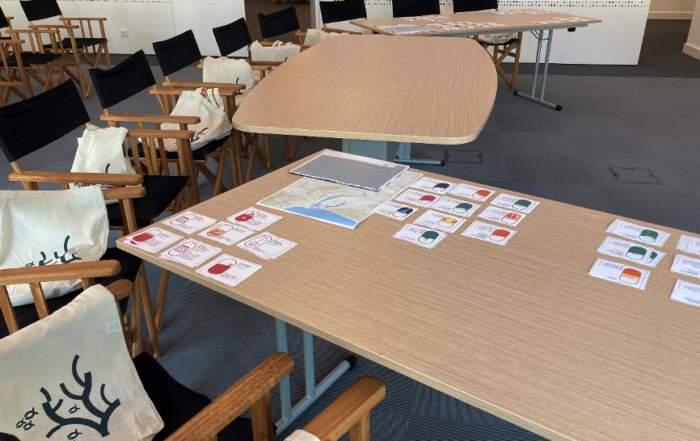
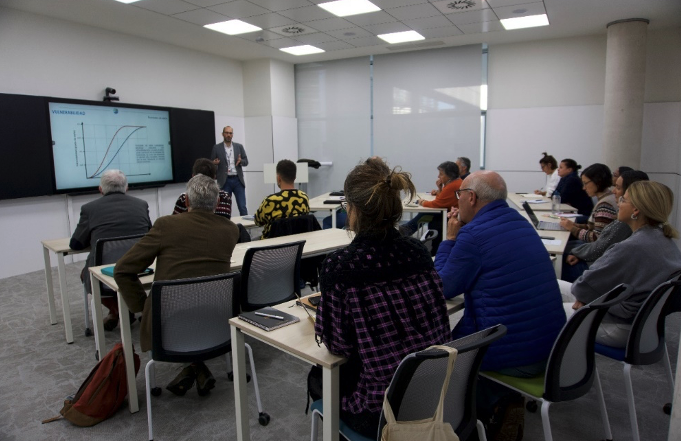
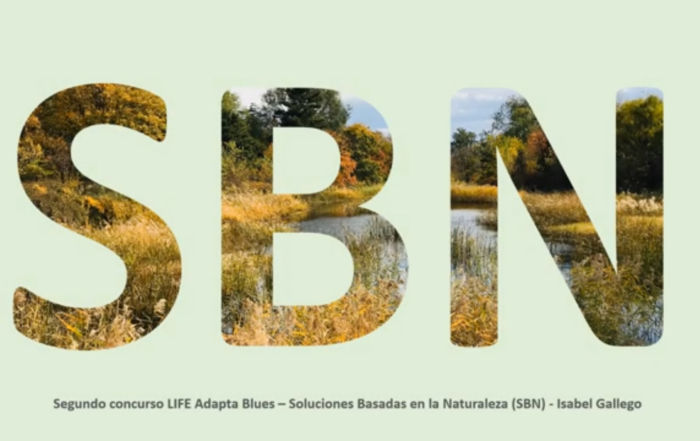
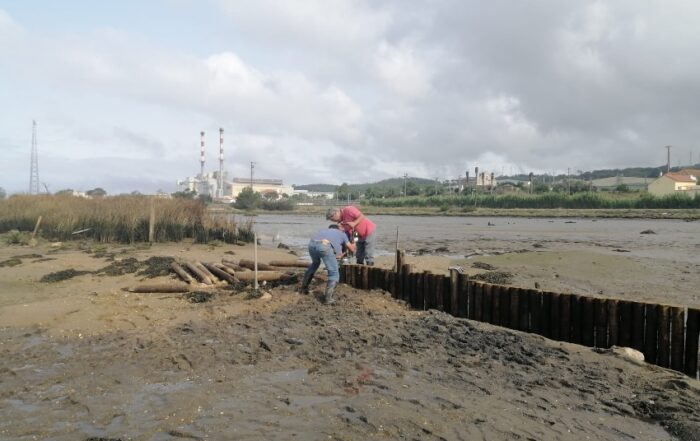
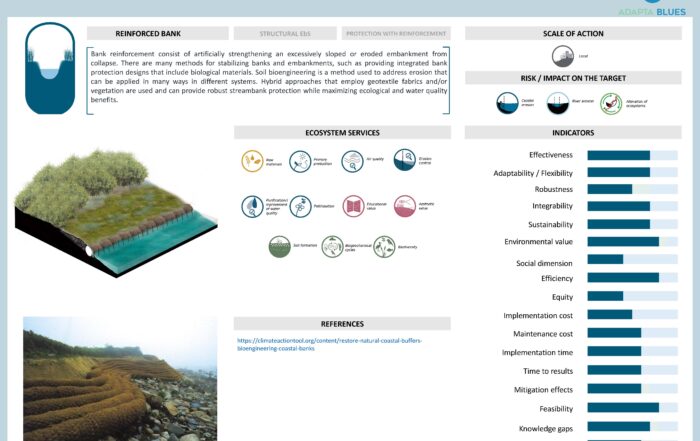
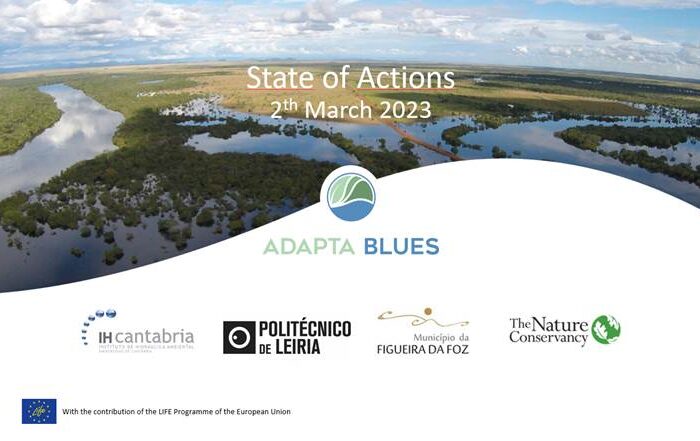
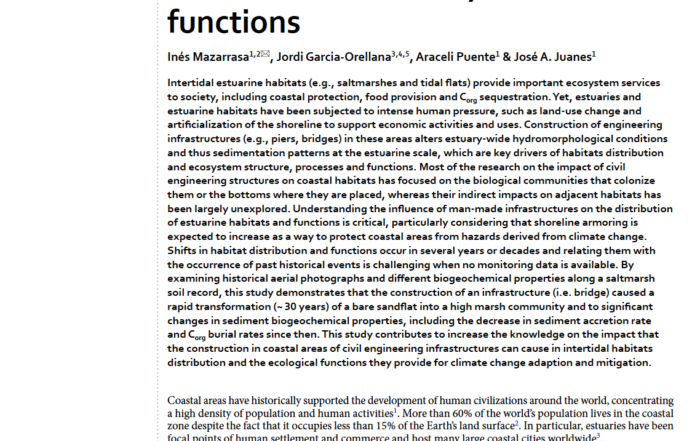
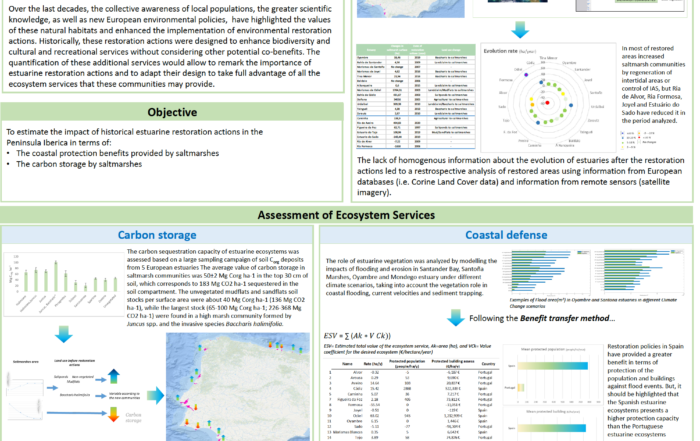
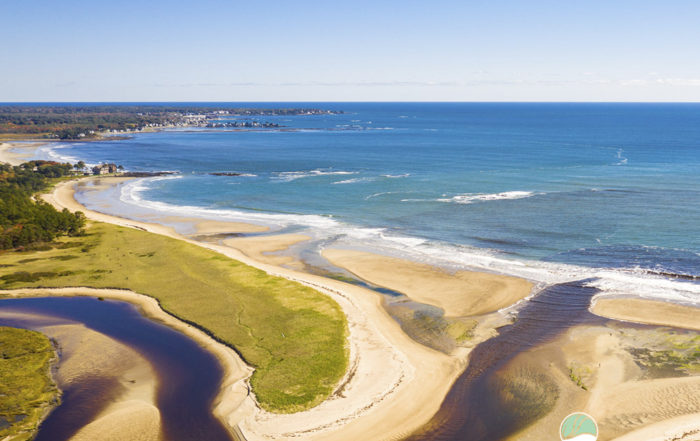
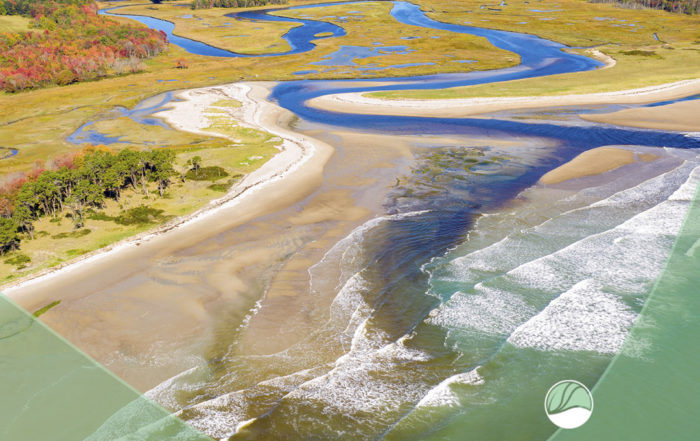

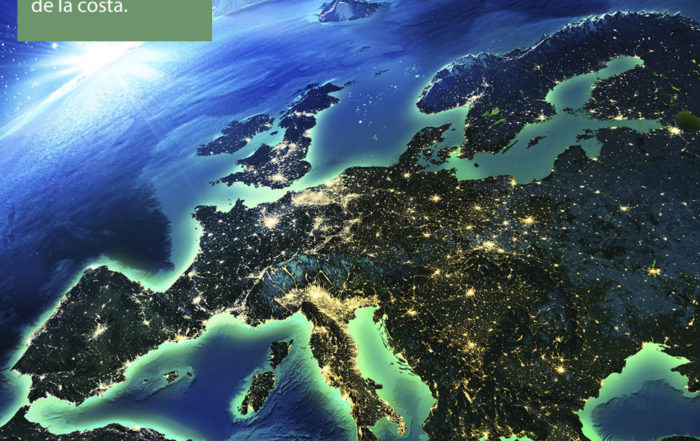




Get Social